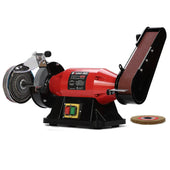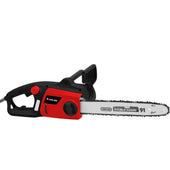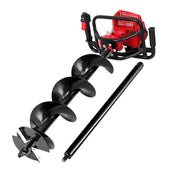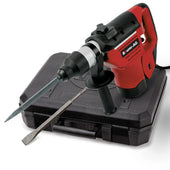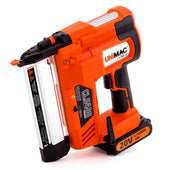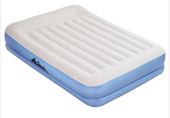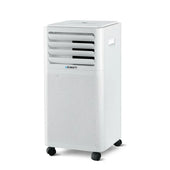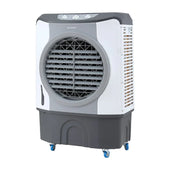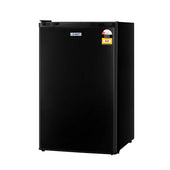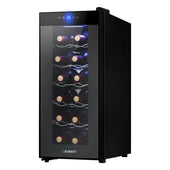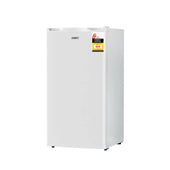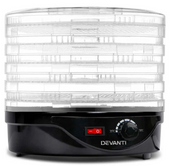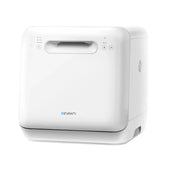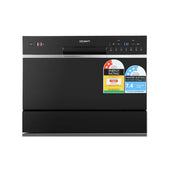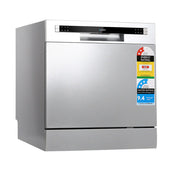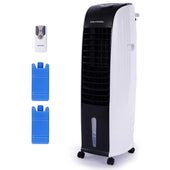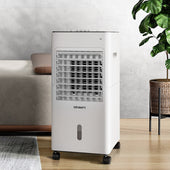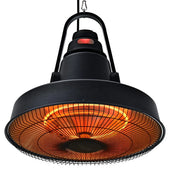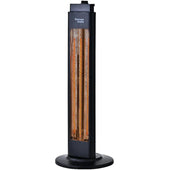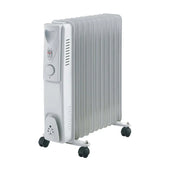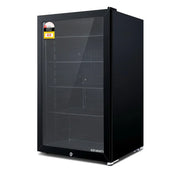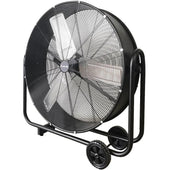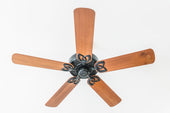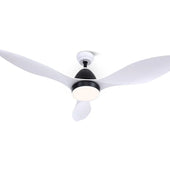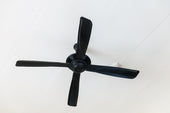Understanding Single Mattress Dimensions: A Comprehensive Overview
A single mattress typically measures 90 cm in width and 190 cm in length, making it a practical choice for compact spaces. It is designed to accommodate one person comfortably, catering particularly to children, teenagers, and solo sleepers. This mattress size is widely used in smaller bedrooms, guest spaces, and studio apartments where optimising floor space is essential.
Standard single mattresses fit into most bed frames, but variations exist, such as European or customised sizes. When selecting a single mattress, one must account for factors like bed compatibility and room dimensions. This ensures a seamless integration of both style and functionality within the space.
Why Choose a Single Mattress for Small Spaces?
Single mattresses are ideal for small spaces due to their compact design and versatile functionality. Measuring approximately 90cm x 190cm, they fit seamlessly into tight areas while still providing adequate sleeping comfort for one person. At During Days, their slim profile makes them suitable for studio apartments, dormitories, or small bedrooms where conserving space is essential.
Opting for a single mattress allows more room for other furniture, facilitating better organisation in constrained environments. Additionally, they are lightweight and easy to move, which is advantageous for frequent relocations. Single mattresses also adapt well to bunk beds and daybeds, making them practical for multifunctional spaces.
Standard Single Mattress Sizes Across Various Countries
Single mattress dimensions vary globally based on regional standards and preferences. These sizes are determined to fit single sleepers efficiently while maximising small space utilisation.
Commonly Used Dimensions:
- United Kingdom: Standard single mattresses measure approximately 90cm x 190cm (3ft x 6ft3).
- United States: Twin mattresses, equivalent to single size, are around 99cm x 190cm (39 inches x 75 inches).
- Australia: Single mattresses are typically 92cm x 188cm.
- Europe: European single sizes are slightly wider at 90cm x 200cm.
- Japan: Known as the “semi-single,” dimensions are 85cm x 195cm.
Transitional Variations:
Regional manufacturers frequently adapt to customer demands and space constraints, leading to unique, country-specific sizing standards.
Comparing Single Mattress Dimensions: UK vs US Standards
Single mattress dimensions vary between the UK and US standards, creating distinctions that are important for buyers, especially when ordering internationally or dealing with space limitations.
In the UK, a single mattress typically measures 90 cm x 190 cm (approximately 3' x 6'3"), offering compact yet comfortable sleeping space. Meanwhile, the US single mattress, referred to as a twin mattress, is slightly larger at 38 inches x 75 inches (approximately 69 cm x 191 cm).
These differences may affect bedding compatibility and room layout planning. Transitioning between UK and US sizes may involve converting measurements and considering additional space requirements due to the dimensional disparities. These slight variations can be significant depending on the design needs and preferences.
Ideal Bed Frames for Single Mattresses: Space-Saving Options
When choosing bed frames for single mattresses, prioritising space-saving designs is essential. Options like platform beds are ideal as they combine support with under-bed storage. Loft beds offer another excellent solution for small spaces by elevating the mattress, leaving room for desks or seating underneath.
Daybeds are versatile pieces often functioning as both seating and sleeping areas. Trundle beds include a pull-out mattress, making them perfect for accommodating extra guests. Folding or roll-away frames are practical for temporary setups. For minimalism, wall-mounted Murphy beds allow the frame to be stowed away, maximising floor space.
Materials and Fabrics: Choosing a Comfortable Single Mattress
Selecting the right single mattress requires careful consideration of the materials and fabrics used. Different types of materials, such as memory foam, latex, hybrid, or innerspring, offer varying levels of support and pressure relief. Memory foam conforms to the body's shape, while latex provides a breathable and responsive feel.
Key Considerations:
- Cooling Properties: Look for breathable fabrics to prevent overheating during the night.
- Allergen-Free Options: Those with sensitivities should opt for hypoallergenic materials.
- Durability: High-quality materials ensure a longer-lasting mattress.
- Comfort Layers: Fabrics like cotton or polyester can affect texture and softness.
Exploring these options ensures a mattress tailored to individual preferences and comfort.
Mattress Thickness Matters: Finding the Right Depth for Your Needs
Selecting the appropriate mattress thickness is crucial for comfort, support, and compatibility with bed frames. Single mattresses typically range in depth from 5 to 14 inches, each serving different needs and preferences.
- Thin mattresses (5–8 inches): Ideal for children, bunk beds, or trundle beds due to their low profile and lighter weight.
- Medium thickness (8–12 inches): Suitable for most adults, balancing comfort and durability while providing better cushioning.
- Thick mattresses (12+ inches): Best for side sleepers or individuals seeking enhanced pressure relief, though heavier and pricier.
Factors like sleeping position, body weight, and room aesthetics should influence the choice. Ensuring compatibility with the bed height helps maintain accessibility and safety.
Tips for Maximising Comfort in Small Bedrooms
- Choose a compact single mattress: Opt for a mattress with dimensions that meet your space requirements while providing sufficient comfort. Custom sizes can be considered for unusually shaped rooms.
- Invest in multifunctional furniture: Furniture pieces like storage beds, foldable desks, or wall-mounted shelves can save floor space and reduce clutter.
- Utilise vertical space: Tall shelves, hanging organisers, or hooks on walls help maximise storage without crowding the room.
- Prioritise lighting: Use layered lighting options such as wall sconces or pendant lights to create a cosy ambience without occupying valuable surfaces.
- Keep the colour palette light: Light tones make rooms appear larger and more inviting, enhancing the feeling of space in smaller bedrooms.
- Edit belongings regularly: Clearing items that are no longer in use maximises space, making the room more comfortable and organised.
Choosing Bedding for Single Mattresses: A Style Guide
Selecting bedding for single mattresses involves balancing comfort, style, and practicality. Start by considering the material; cotton is breathable and versatile, while microfibre offers durability. Thread count matters—higher counts ensure softer sheets. Choose colours and patterns that complement the room’s theme for an aesthetic finish.
- Size matters: Ensure sheets fit tightly, avoiding excess fabric or sagging.
- Layering: Add blankets or duvets for extra warmth; lightweight options suit summer months.
Look for non-slip mattress protectors to maintain hygiene and prevent wear. Coordinating cushions or throws enhance visual appeal, creating a cosy, welcoming look.
FAQs About Single Mattress Dimensions and Setup in Small Spaces
- What are the typical dimensions of a single mattress? A single mattress usually measures 90 cm by 190 cm, which provides ample space for one adult or child while remaining compact.
- Is a single mattress ideal for small bedrooms? Yes, single mattresses are perfect for small rooms as they maximise floor space without compromising comfort.
- How can one optimise a small space with a single mattress? Utilising vertical storage, multi-functional furniture, and under-bed storage can make the most of tight spaces.
- What bed frames work well with single mattresses in compact areas? Frames with sleek designs, foldable options, or those offering storage beneath are excellent choices for small rooms.
- How to ensure a comfortable sleep setup in tight quarters? Use space-savvy furniture and a high-quality mattress while maintaining adequate ventilation and natural light.


